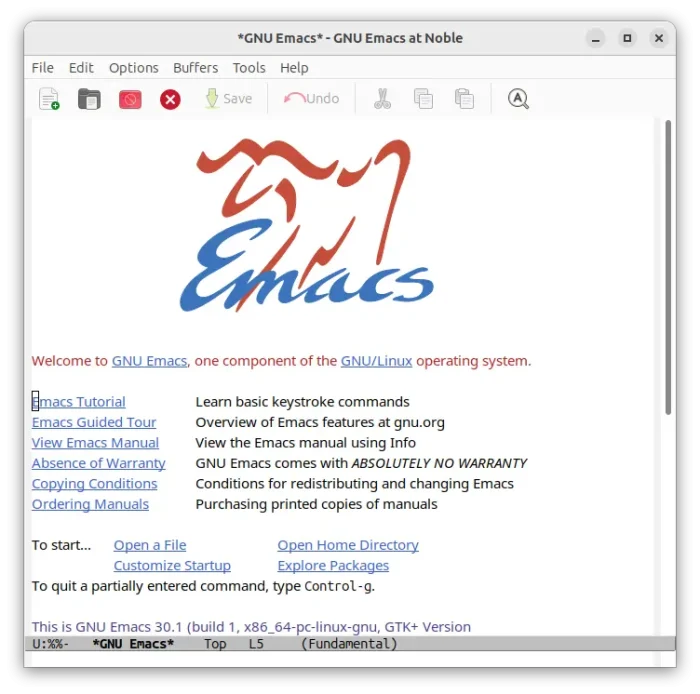To help users switching from Adobe PhotoShop, PhotoGIMP project updated today with support for the new GIMP 3.0 image editor.
PhotoGIMP is a free open-source project that optimizes GIMP for AdobeShop users. By changing the local app data, it organised the tools and their options to be PhotoShop style, assigned keyboard shortcuts to similar to the ones in Photoshop for Windows, following Adobe’s Documentation, and added new default settings to maximize space on the canvas.























